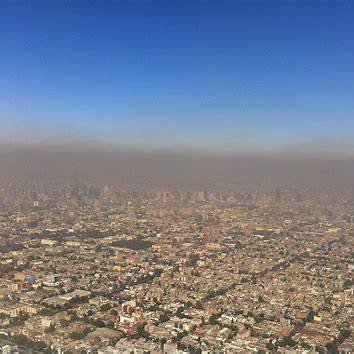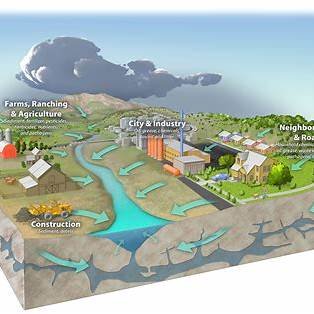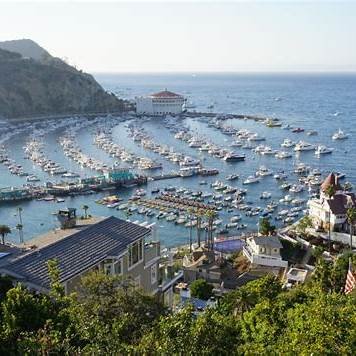How To Return Rhino Comeback in Nepal
The greater Asian rhino has made a comeback in Nepal’s Royal Chitwan National Park, due to new anti-poaching initiatives which have gained strong support from the local community. With less than 12,000 left in the world today, the rhinoceros is one of the world’s best-known endangered species. The slaughter of rhinos in many parts of the world has been a serious environmental concern in recent years.
However, a project in Nepal is proving that rhino conservation can succeed and this is the WWF Wildlife Story of the Year for 1995. The Nepalese government, with the help of the international conservation organisation WWF, is successfully protecting the greater one-horned rhinoceros, which has made a comeback in Nepal’s Royal Chitwan National Park.
It is now considered the best place in the world to see this species in the wild, with nearly 500 animals. But in 1973, when the park was established, the rhino was seriously threatened, numbering only between 40 and 60. Poachers, who could earn as much as $25,000 for a single horn on the black market, were driving the animal to extinction.
The Nepalese army was dispatched to patrol in Chitwan, and enforce the animal’s protected status. Over the next 15 years, the rhino population rebounded. By 1989, there were enough rhino in Chitwan that 38 of them could be moved to Bardia National Park, 180km away. Here, it was hoped a new population would establish itself.
Bardia is a remote and difficult place to patrol, and trackers have been killed there. Since the move, 8 rhinos have been lost to poachers. Luckily, enough calves have been born to counter the loss and the population has been stable. Although the army’s presence in the park worked for over a decade, by the early nineties, a new and more cunning breed of poachers have learned how to avoid the regular patrols.
To stop them, Dr. Tirtha Man Maskey, Director General of Nepal’s National Parks conceived and spearheaded small, highly mobile anti-poaching teams. The average income in Nepal is about 200USD a year. Yet, it has set aside 15% of its area for parks and wildlife refuges – a commitment to conservation partly paid back in the form of tourism, which generates income that is becoming increasingly important to the local people.
Mingma Sherpa of WWF Nepal realises that, to successfully protect endangered species, the people who live on the park borders must benefit directly. “The WWF and the government of Nepal has set up a very good example through a special legislation that is called the ‘Buffer Zone Act’ which allows 30 to 50% of the park revenues which can go back to the people, back to the communities at work.
The making of ‘Bring Our World Back to Life’ In Different ways Art Of Life
The local people can harvest the grass, and the firewood, and the fodder right here, just outside the national park. This is a really good partnership, where local people can benefit from the park.” Village development committees, such as this one, meet with park staff to assess local resource needs.
Most critical of these is wood, which provides 75% of their energy needs around the Chitwan. Ironically, some tourists coming to the local lodges expecting hot showers and cooked meals greatly increase this demand. Without action, the forest could have been gone by the year 2000 and the rhino’s habitat would be under more severe pressure for human use.
For the greater Asian rhino and its limited remaining habitats, conservation programs dealing with the needs of the local people are important. Nepal, along with its partner WWF, has shown that even a country with few resources and virtually no money, can establish one of the world’s most extensive national park systems, benefit its people, enforce anti-poaching laws and bring the rhino back.




